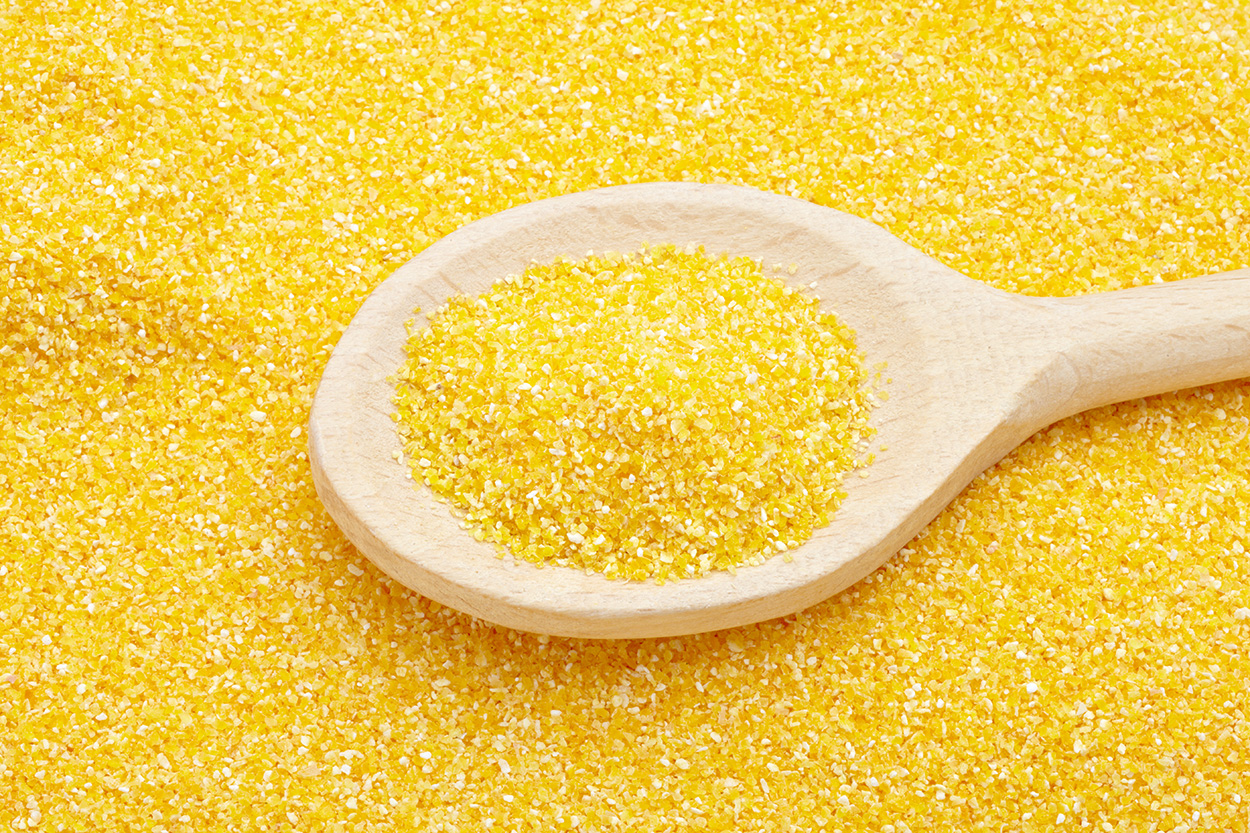
Why Particle Size Measurement Matters
All feed producers want to optimize animal health and reduce feed costs. One achievable way to accomplish those goals is through efficient grain particle size measurement and adjustment. However, determining the appropriate particle size can be challenging. Different types of grain may require separate processing techniques to achieve the desired particle size distribution.
Different Sizes Provide Different Benefits
For young piglets,smaller feed particle sizes improve intake and digestion.
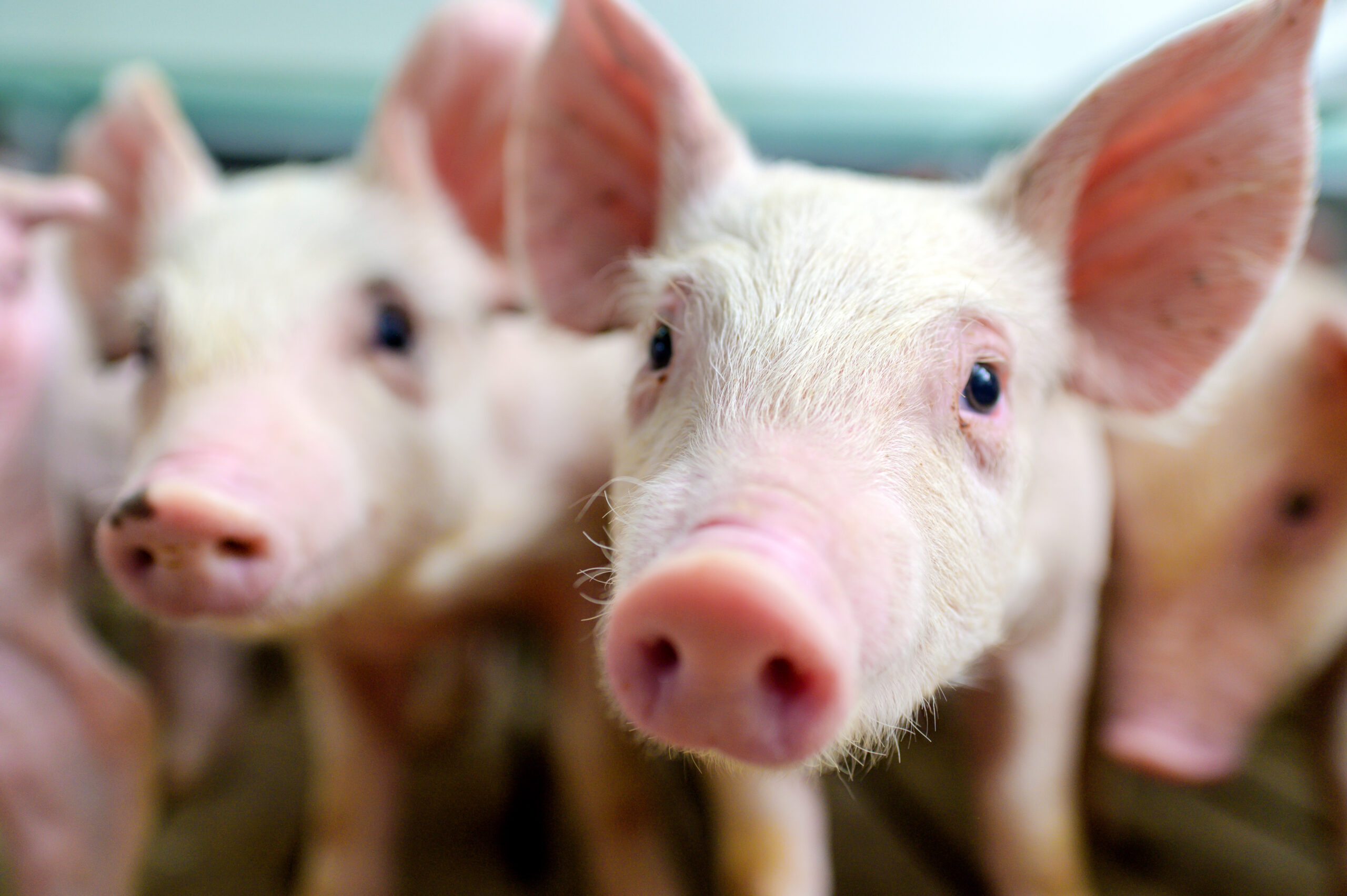 As the pigs grow, their digestive system becomes more efficient, so larger particle sizes can be used without compromising their health.
As the pigs grow, their digestive system becomes more efficient, so larger particle sizes can be used without compromising their health.
Having control over the particle size during the different stages of pig growth positively affects their intake levels, digestion, and health.
Due to the significance particle sizes have at different stages, proper equipment is essential for achieving the optimal size. A previous article discussed the advantages of a roller mill versus a hammer mill. Suffice it to say the most appropriate equipment will depend on the desired particle size, type of feed, and production volume.
Particle Size Control Benefits Many Animals
Other livestock animals can also benefit from paying attention to particle size at different growth stages.
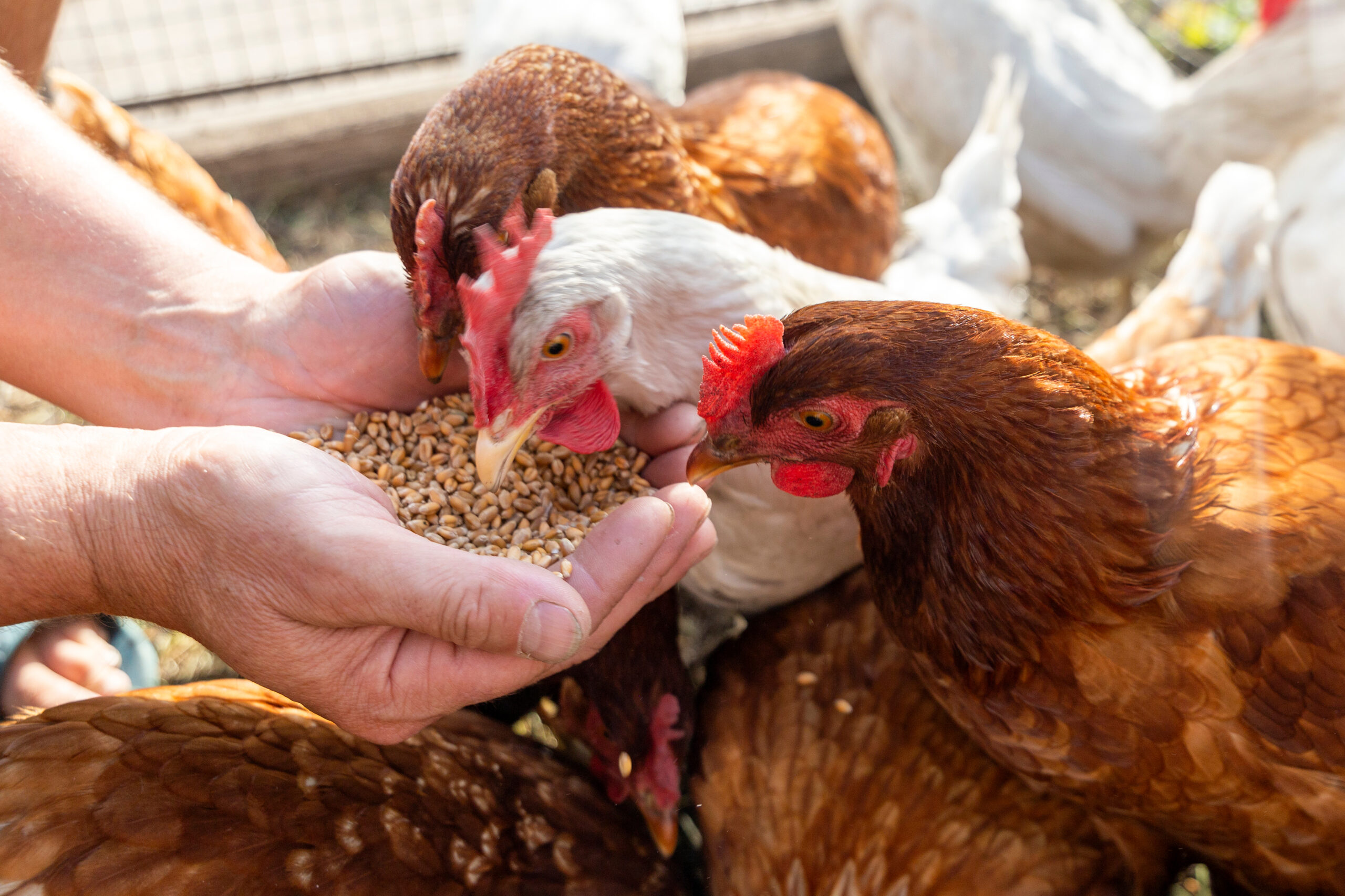
Poultry
Poultry, such as chickens and turkey, require different particle sizes of feed depending on their age and the type of feed used.
For example, newly hatched chicks require smaller particle sizes of feed to improve intake and digestion, while older birds may benefit from larger particle sizes to promote proper gizzard function and prevent digestive disorders.
Ruminants
Ruminants, such as cows and sheep, have unique digestive systems that require larger particle sizes of feed to promote proper rumen function.
Rumen microbes need roughage and fiber to ferment and digest feed properly. Therefore, ruminant diets must have sufficient fiber and be processed to produce adequate particle size.
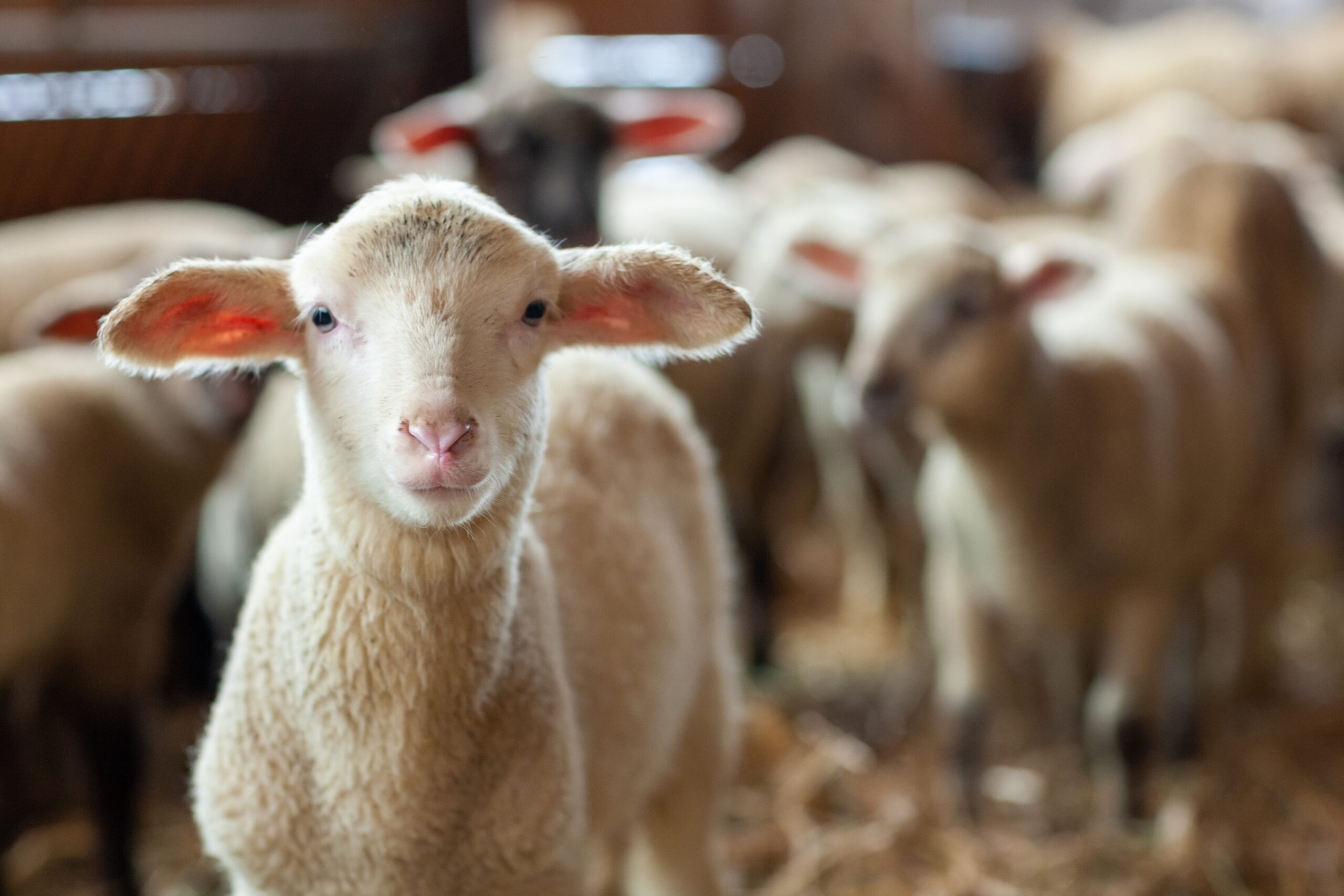
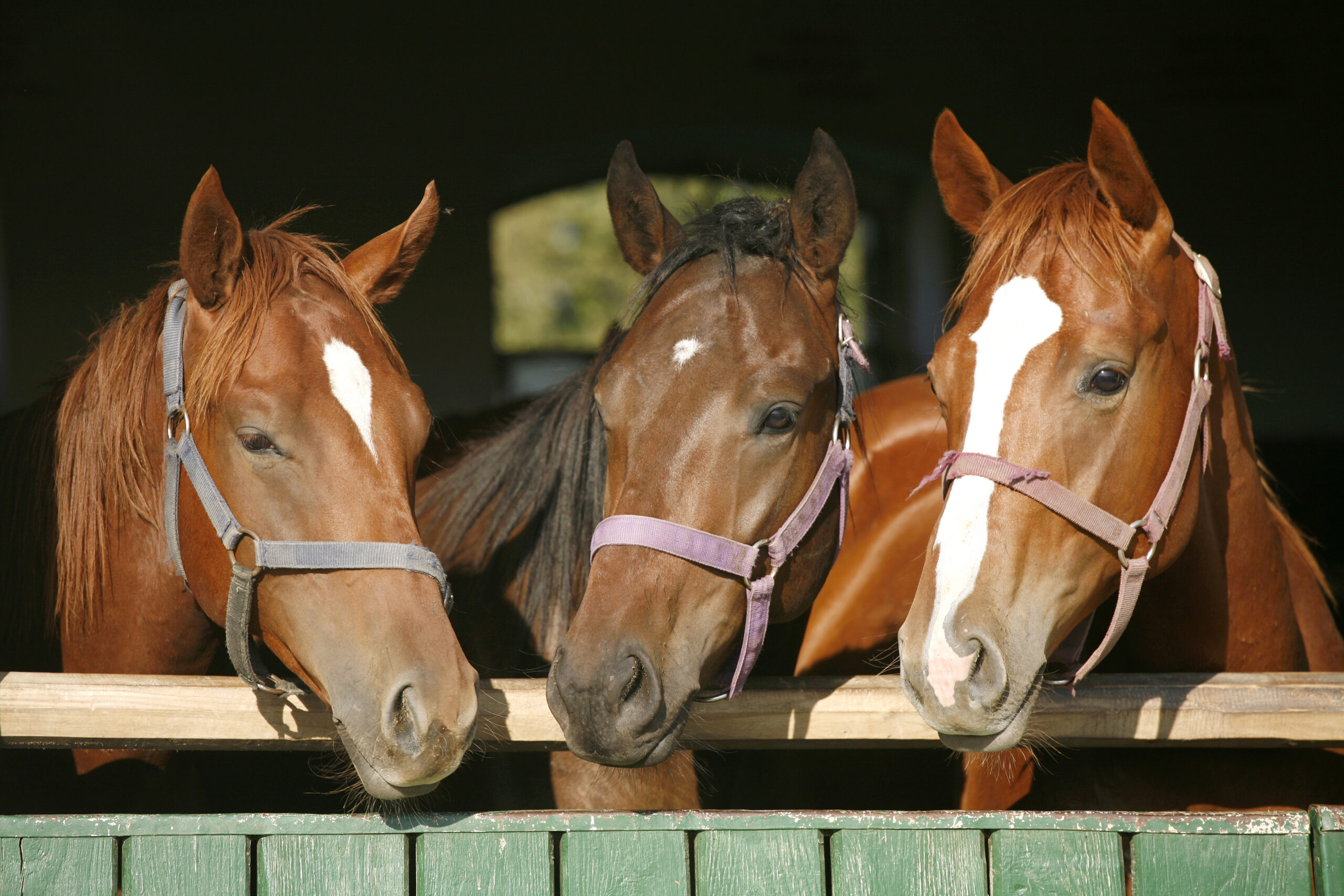
Horses
Horses have delicate digestive systems and require smaller particle sizes of feed to improve intake and digestion.
Additionally, they may benefit from larger particle sizes of roughage, such as hay or straw, to promote proper chewing and reduce the risk of colic.
Particle Size Measuring Methods
Farmers and professionals involved in feeding livestock can conduct particle size measurement in several ways. Some of the most commonly used methods are:
- Near-infrared spectroscopy (NIRS) – This method uses infrared light to measure the chemical composition of feed samples. NIRS can also be used to estimate particle size distribution.
- Sieving – This simple and inexpensive method of particle size measurement passes the feed through a series of sieves with different mesh sizes. The particles that remain on each sieve are weighed and used to calculate the particle size distribution.
- Image analysis – This method uses software to analyze images of feed to determine the particle size distribution. This method can be more accurate than sieving and is often used in research settings.
- Laser Diffraction – This more advanced method of particle size analysis uses a laser to measure the scattering of light as it passes through the feed sample. The scattering pattern can be used to calculate the particle size distribution.
ParticlePro™ For Consistent & Efficient Measuring
The ParticlePro™ digital particle size analyzer is a proprietary tool developed by RMS Roller Grinder for measuring particle size distribution in feed and grain 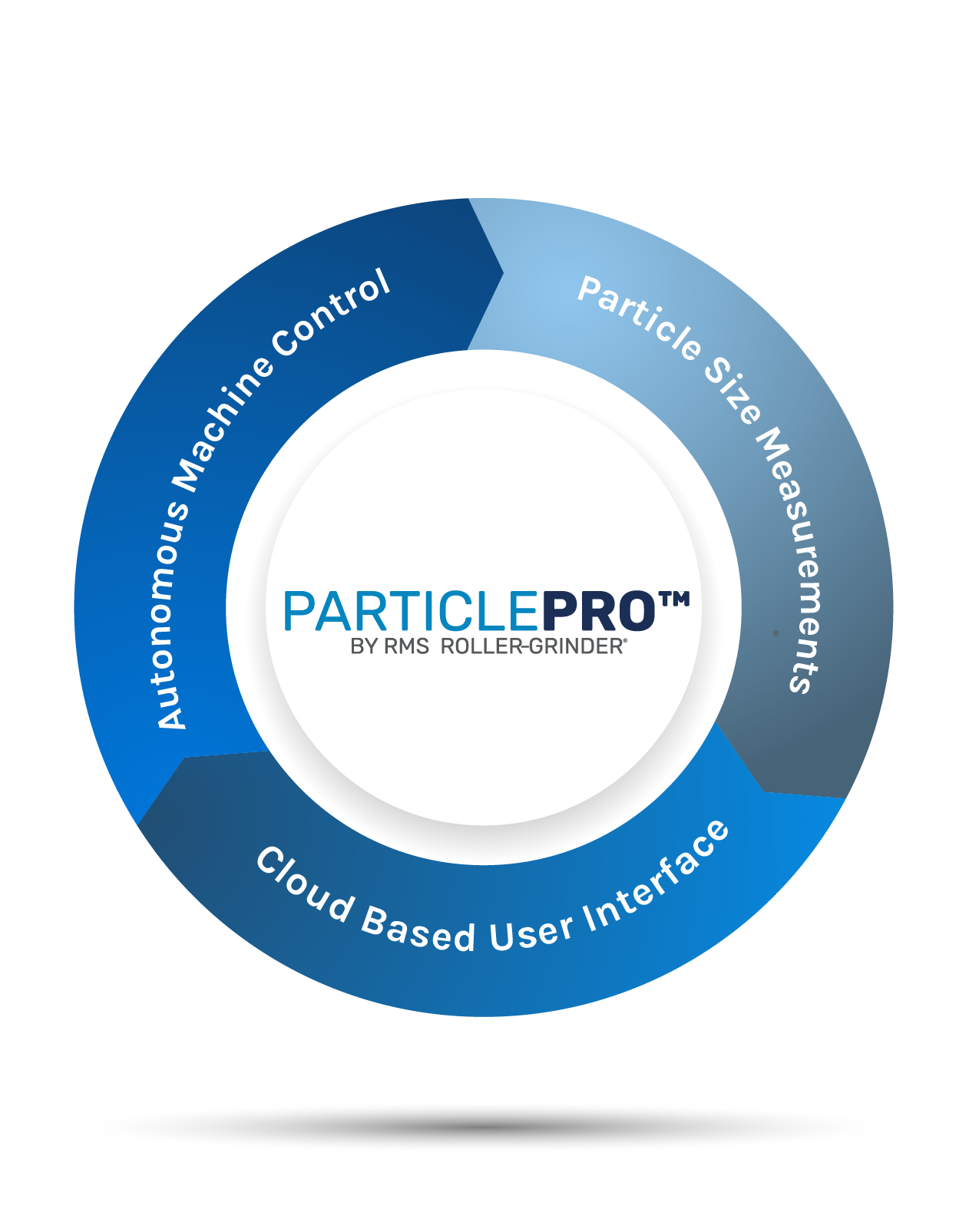 products. The system provides accurate and reliable particle size analysis in real-time, allowing feed producers to monitor and adjust particle size, optimizing animal nutrition.
products. The system provides accurate and reliable particle size analysis in real-time, allowing feed producers to monitor and adjust particle size, optimizing animal nutrition.
Although it’s incredibly sophisticated, the controls are designed to be user-friendly.
Our system features an intuitive touch screen interface and customizable reporting features making it easy to conduct particle size measurement on a range of materials, including grains, pellets, and feed mixes.
It’s also easy to maintain, with minimal downtime required for calibration and routine maintenance.
With ParticlePro™, feed producers can have:
- Improved feed efficiency and animal performance
- Better quality control and consistency in feed production
- Reduced waste and lower costs through optimized particle size distribution
- Real-time monitoring and adjustment of particle size for maximum efficiency
Our unique particle size analyzer is a valuable tool for anyone looking to optimize their animal’s nutritional health and improve their operation’s efficiency.
Learn More About RMS Roller Grinder
RMS Roller-Grinder builds and services the best roller mills and equipment for our customers’ unique farming and agribusiness applications. If you need a consultation on installing a new system, we can partner with you to ensure you receive the best and most reliable products and support. Our goal is to leave you with peace of mind by doing whatever it takes to remove the troubles and frustration from your entire grain processing operation.
